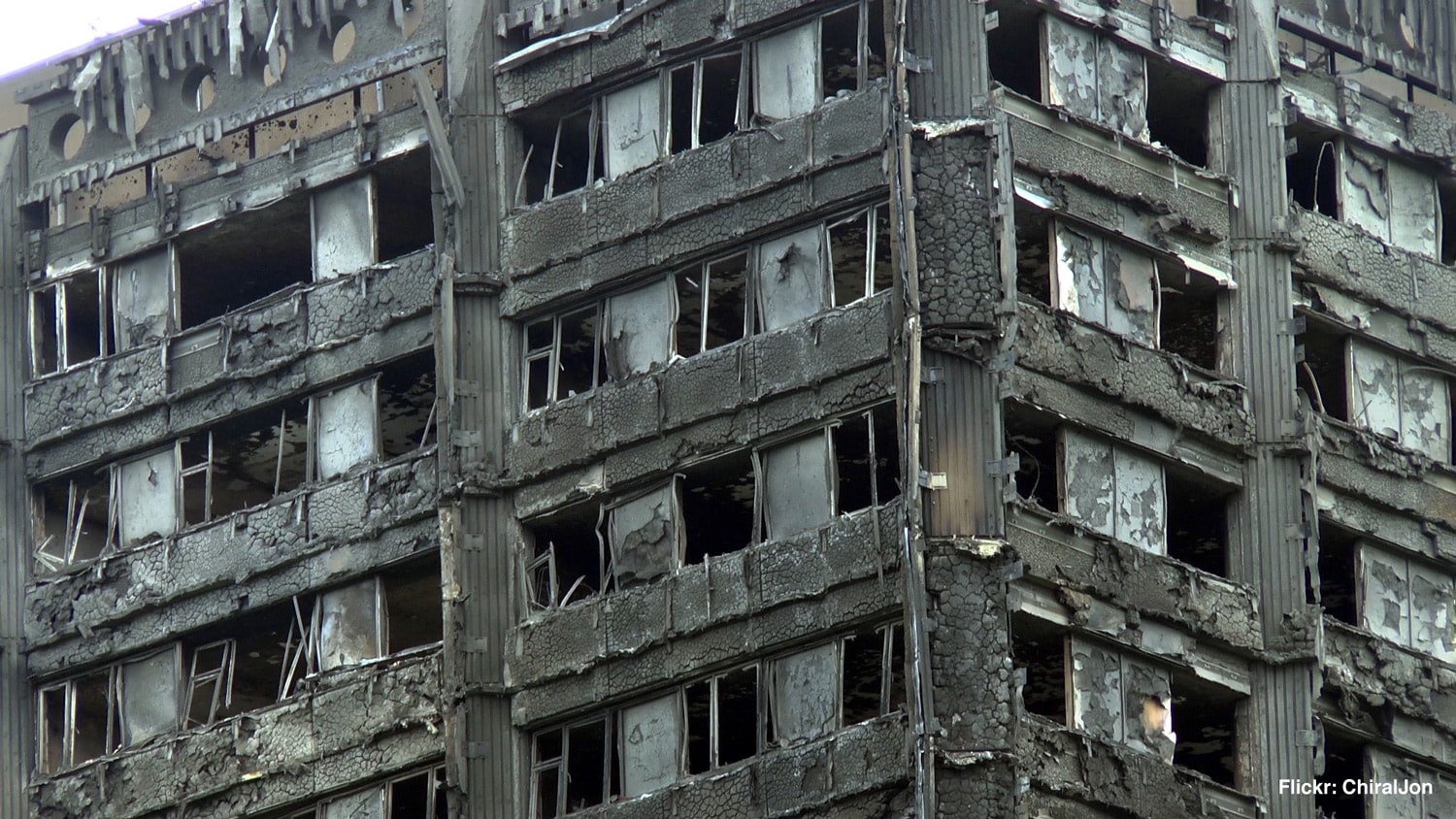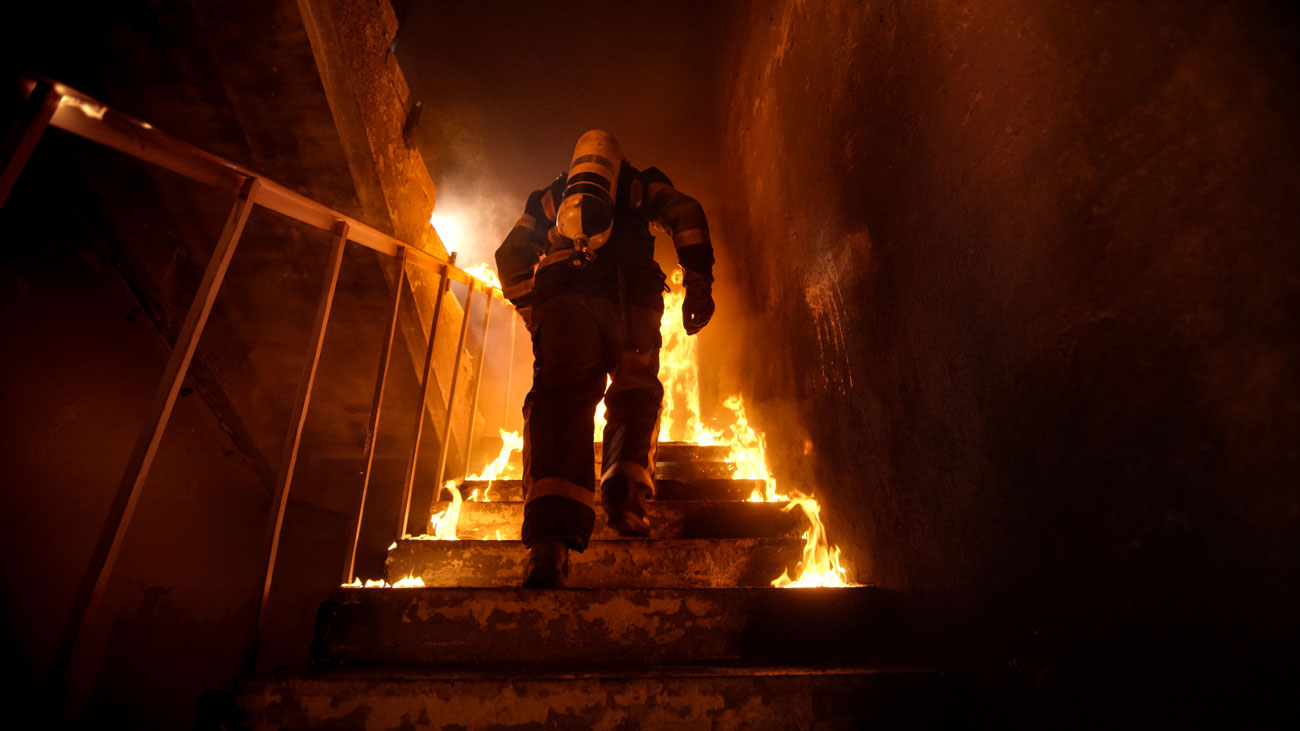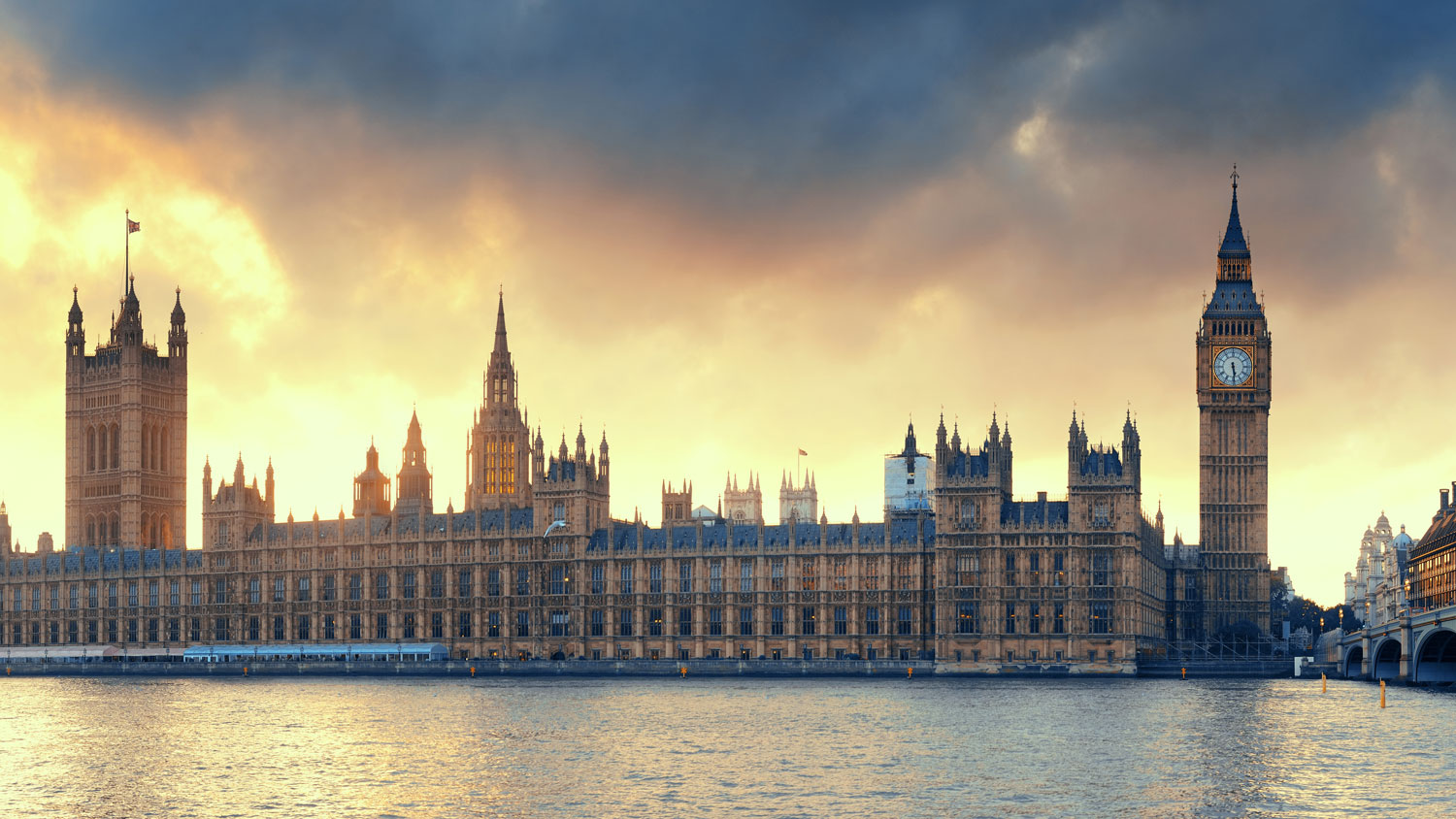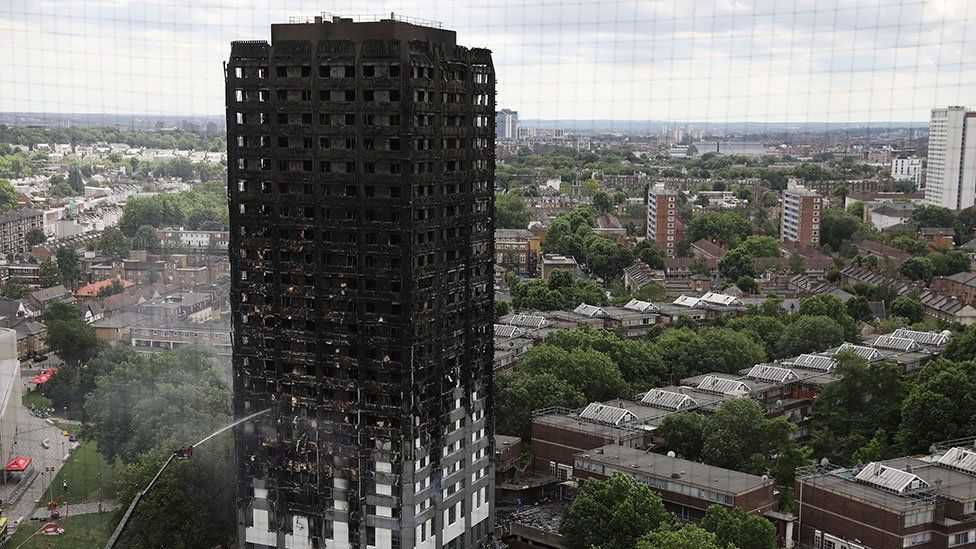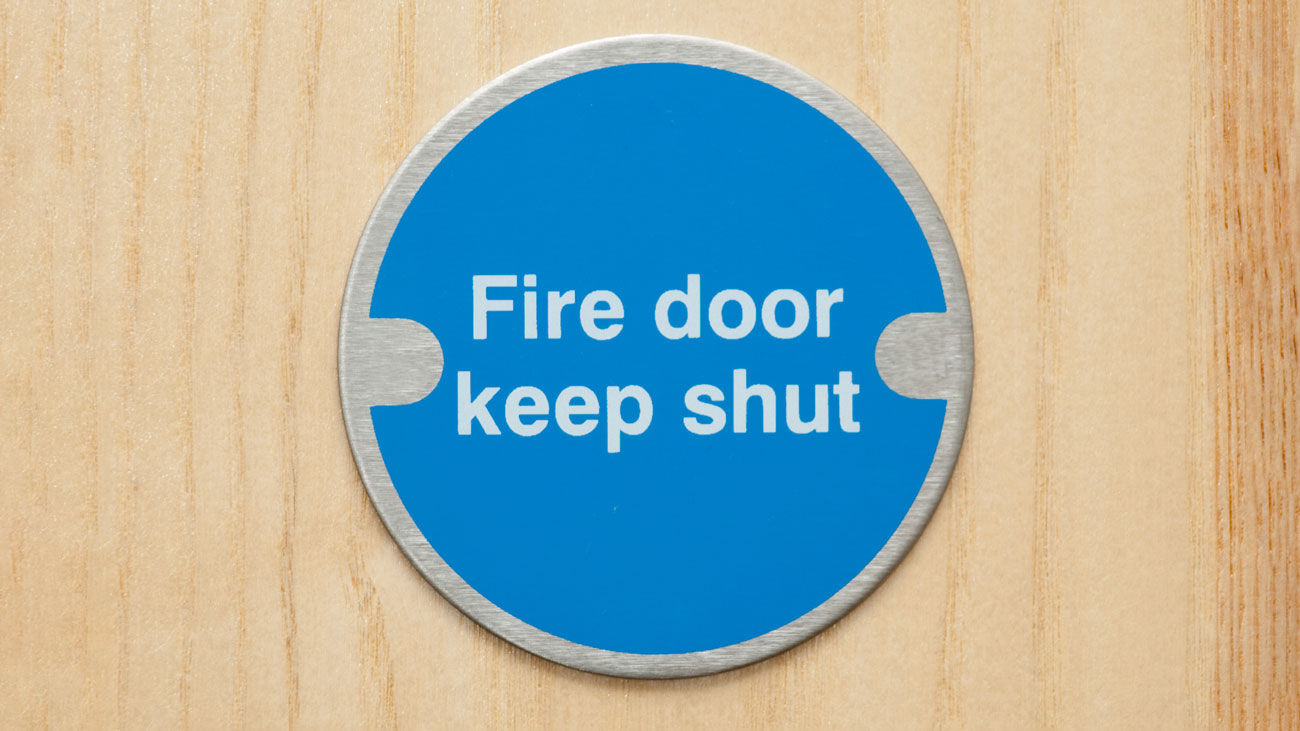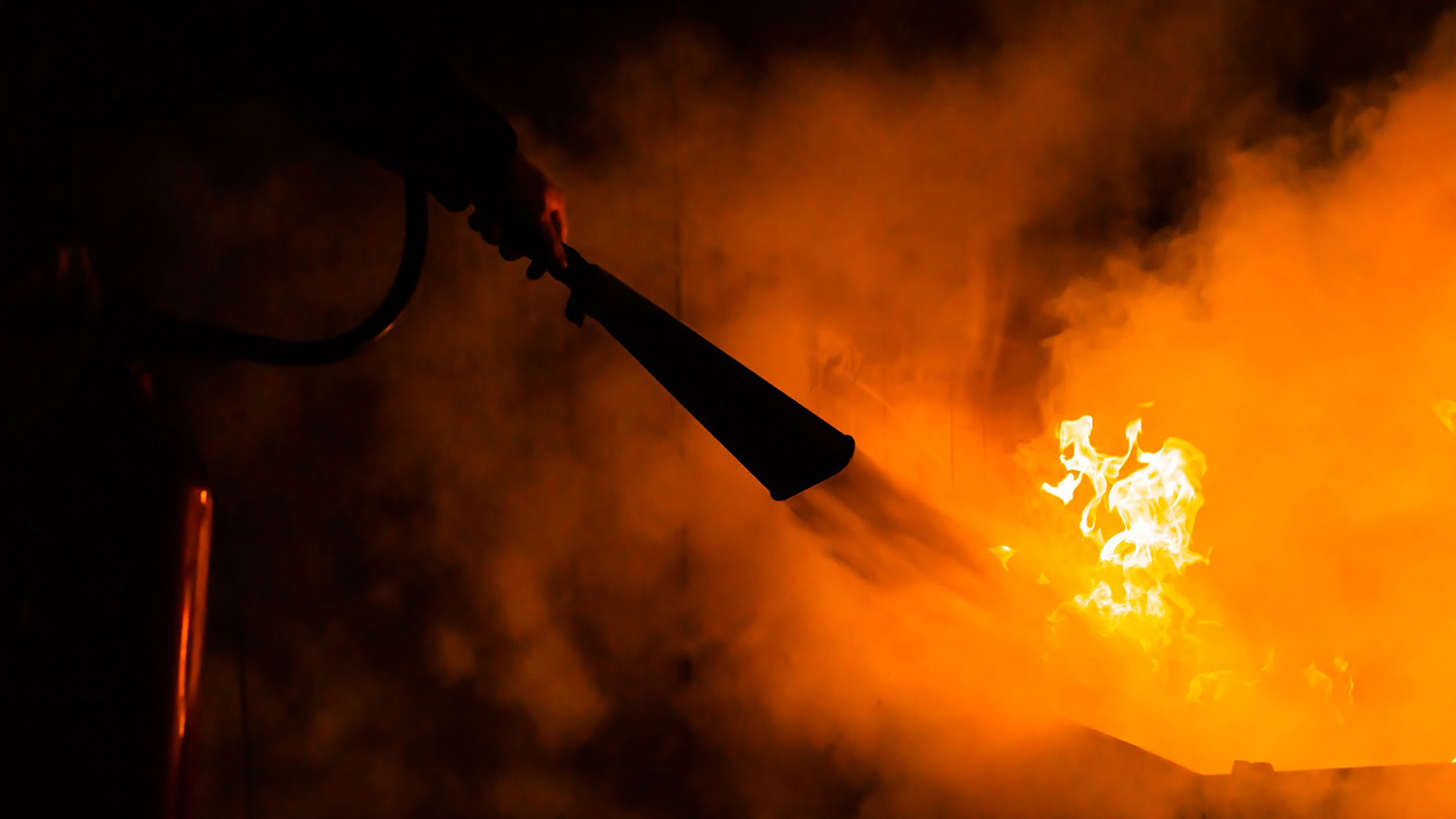
Fire Safety Act 2021: the responsible person’s new duties
In the wake of the Grenfell Tower fire, the long-awaited Fire Safety Act 2021 has now made its way through a somewhat extended parliamentary process. Whilst landlords and freehold owners of residential buildings have had legal duties to ensure that a fire risk assessment is carried out for many years (as specified in the Regulatory Reform (Fire Safety) Order 2005), the Act extends the application of the FSO to include the structure and external walls of residential buildings, including cladding. This means that responsible persons must now ensure that they both assess and manage any risks arising from such structures.
The Regulatory Reform (Fire Safety) Order 2005
Under the FSO, the responsible person is required to make a suitable and sufficient risk assessment to identify particular fire risks and the general fire precautions required to protect relevant persons in the event of a fire.
So who is the responsible person?
In relation to workplaces, the responsible person is the employer, assuming the workplace premises is to any extent 'under his control'. In relation to premises other than workplaces, the person who has control of the premises will be the responsible person. This could be, for example, a leaseholder (acting as a landlord) or a freeholder (owner). The responsible person should assess the risks of fire and take steps to remove or reduce those risks. They are also responsible for procedures relating to firefighting, fire detection, emergency routes and exits, and procedures to deal with serious and imminent danger.
The Fire Safety Act 2021
The approval of the Act was subject to a lengthy delay following disagreements about an amendment that would have prohibited the owner of a building from passing remediation costs on to leaseholders and tenants. The Act was eventually passed without the inclusion of such a clause, meaning owners may be able to recover necessary remediation costs.
The Act itself applies to all residential buildings where there are two or more sets of domestic premises and places additional duties on the responsible person in that:
(a) the remit of the legally required fire risk assessment is extended to include external walls and structures (including balconies, doors, windows and cladding); and, consequently
(b) there may be a need for additional safety measures to be introduced to reduce any additional fire risks identified to an acceptable level.
Whilst the draft Bill received Royal Assent on 29 April 2021, the Government has not yet identified a date for effect. It is anticipated that this will come after specific 'risk based guidance' has been finalised, which is expected towards the end of 2021 or early 2022. This guidance will be designed to address how fire safety management for persons with more than one set of premises is to be prioritised.
A responsible person who is not compliant with the FSO and/or the Act may face enforcement action, which can result in a criminal prosecution and a potentially unlimited fine. It is therefore imperative that responsible persons are aware of their existing obligations under the FSO and familiarise themselves with the new legislation and the Government's risk-based guidance as soon as it is released. Responsible persons should ensure they fully understand what their obligations will be under fire safety legislation going forward and the time frames within which to ensure compliance. Central to discharging current and future obligations will be a suitable and sufficient risk assessment that considers the relevant structures of premises, determined by its use.
In a post-Grenfell world, it is clear that the Government and Fire Authorities are keen to ensure responsible persons identify and manage fire risks appropriately, thereby keeping leaseholders, tenants and owners of residential buildings with multiple domestic premises safe.
Francesca Poole is an Associate in the Regulatory & Compliance Team at law firm Walker Morris LLP.


